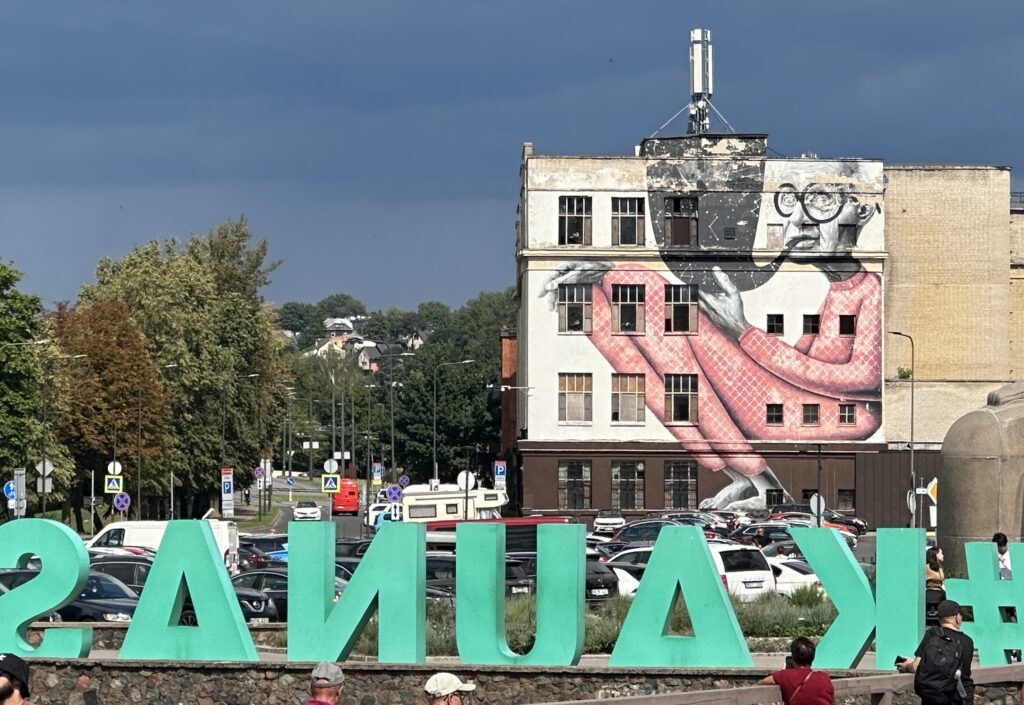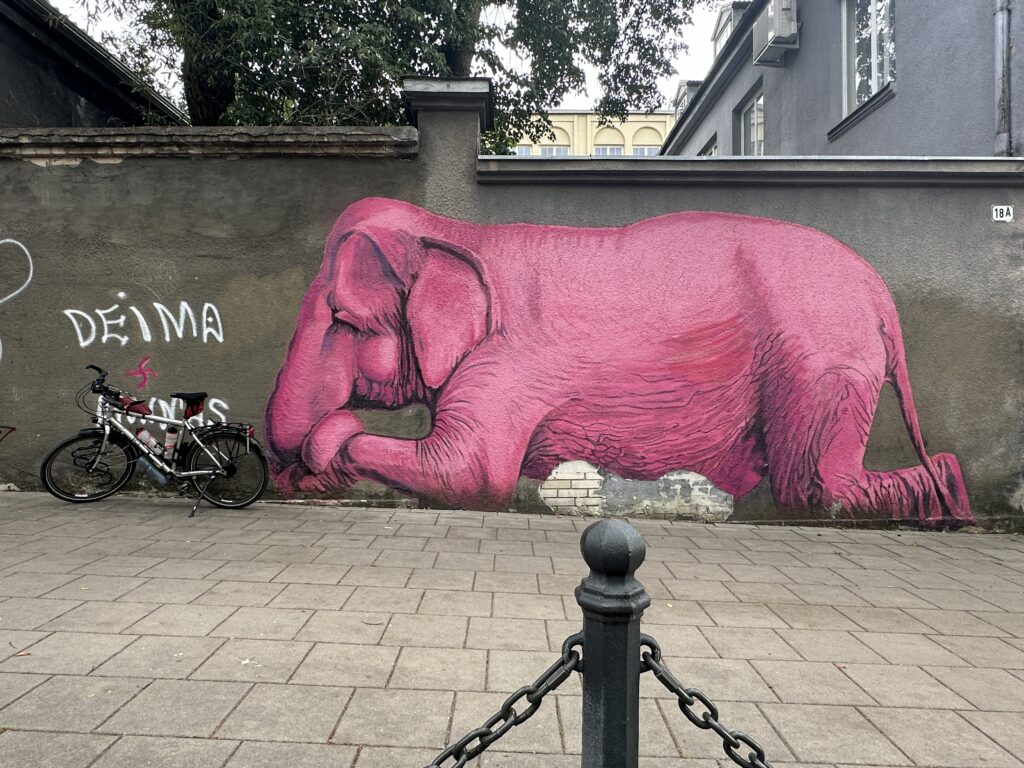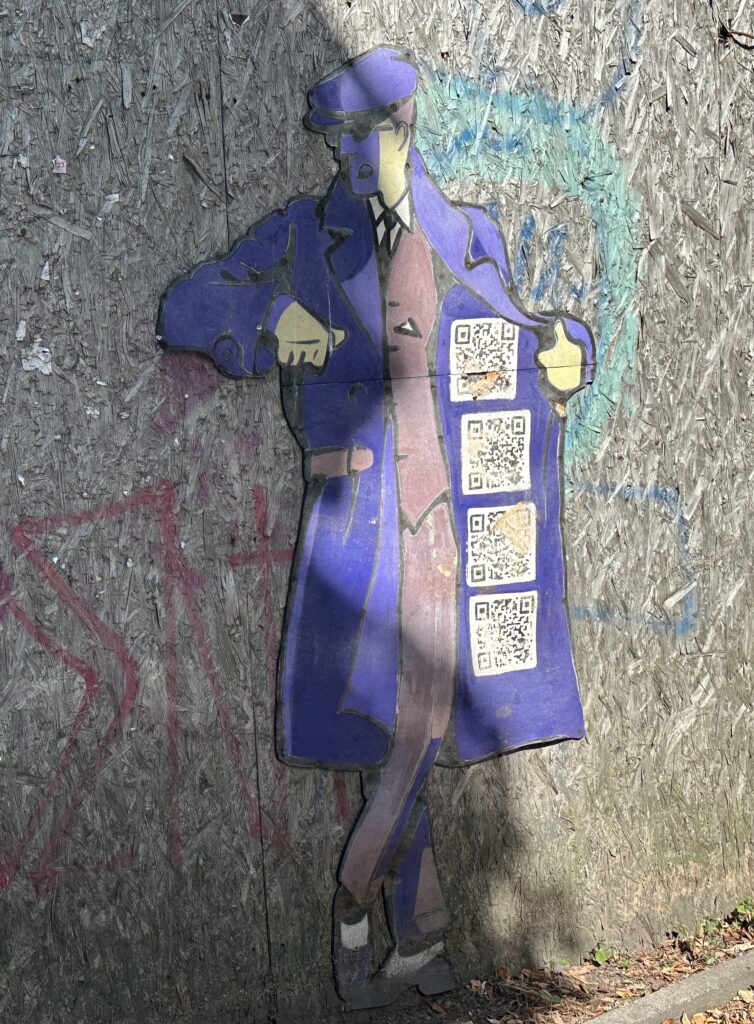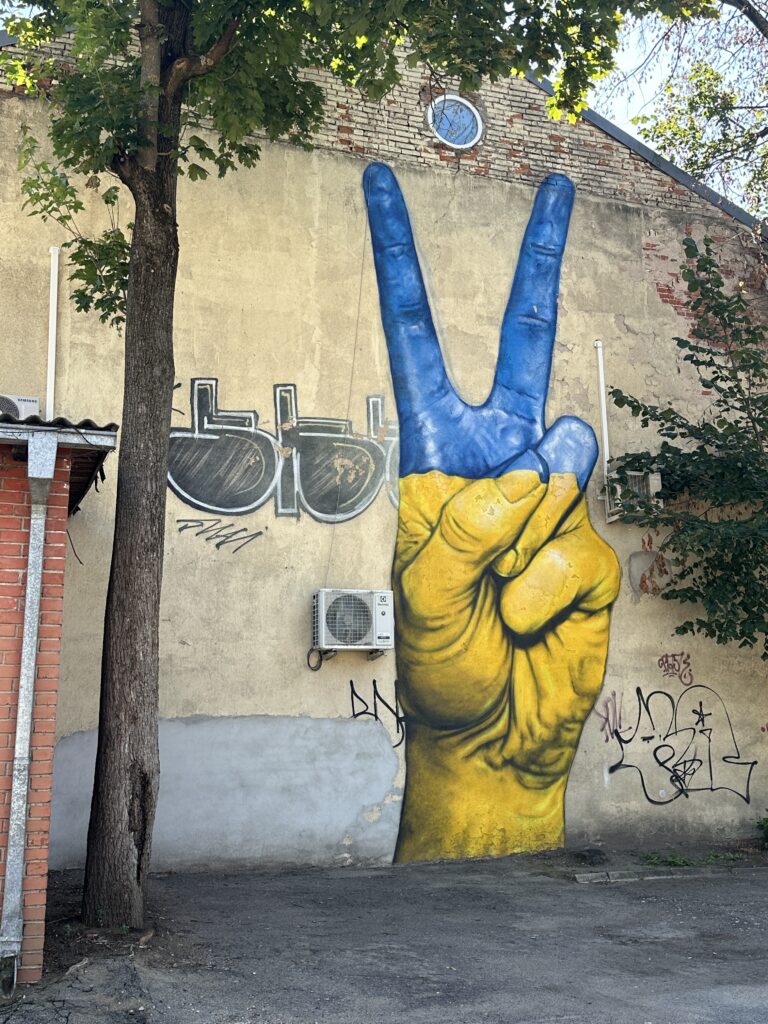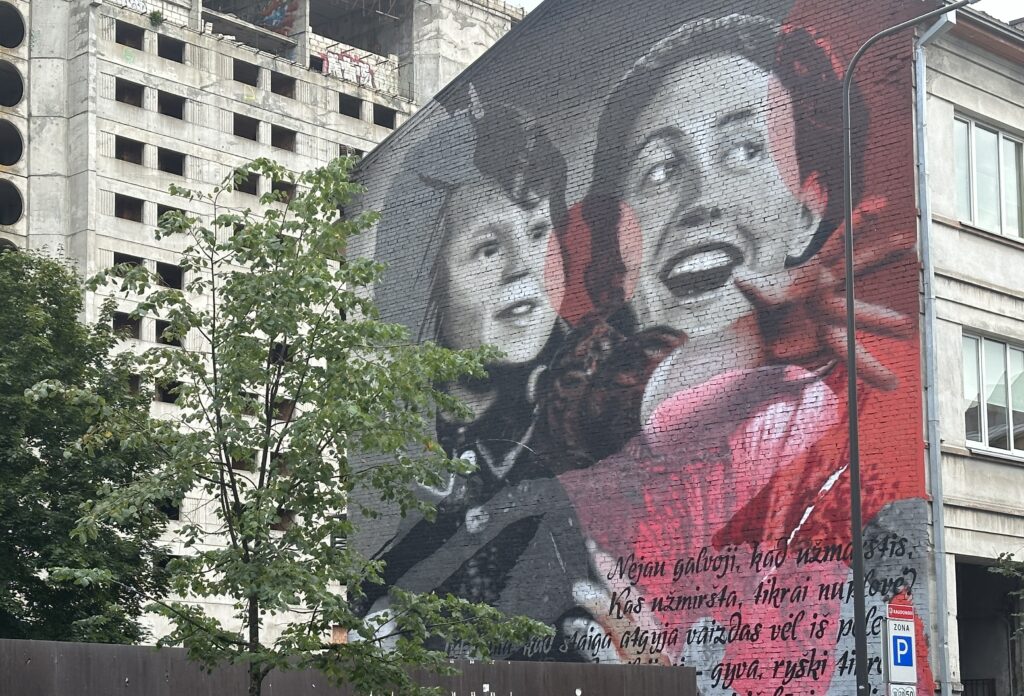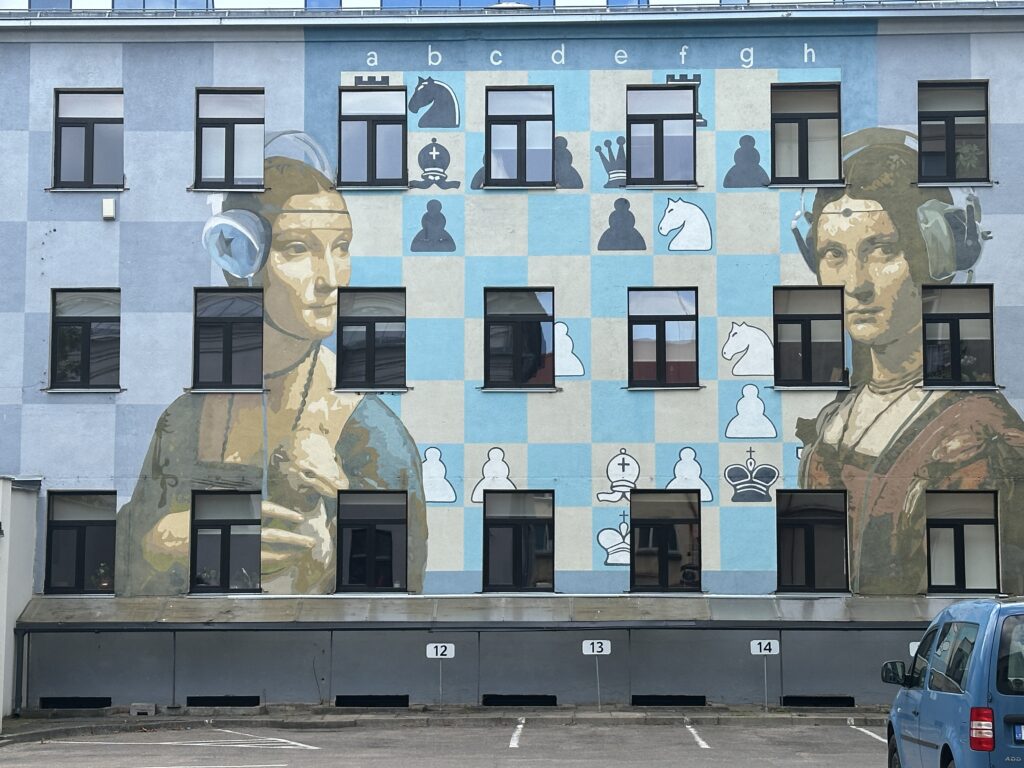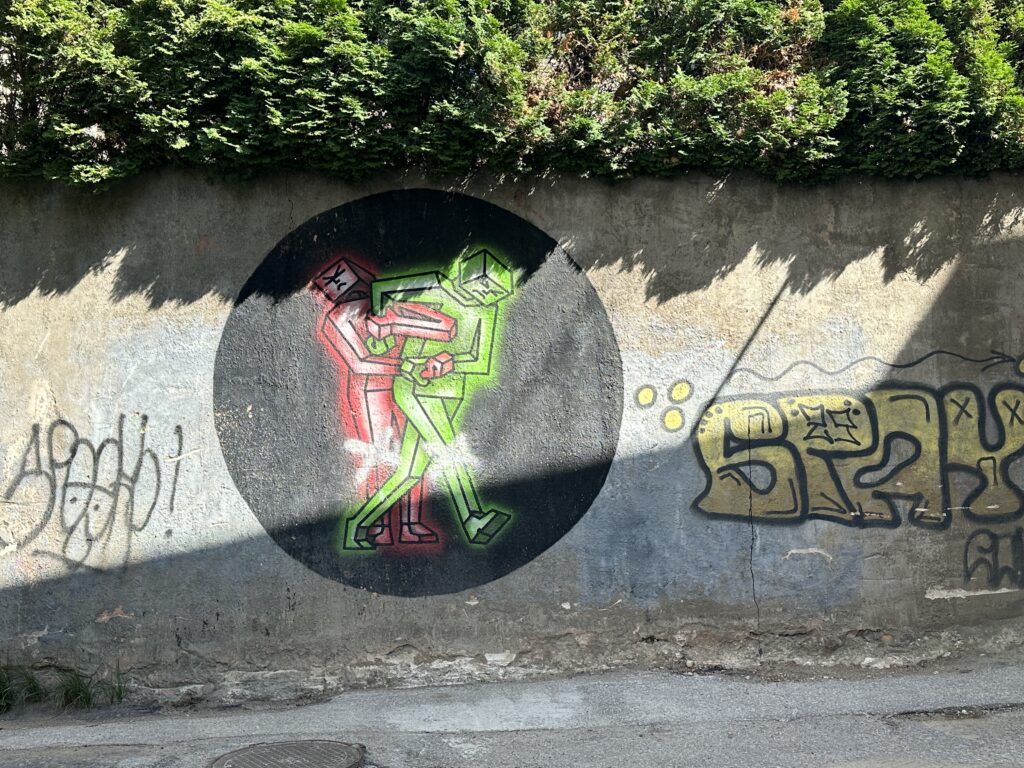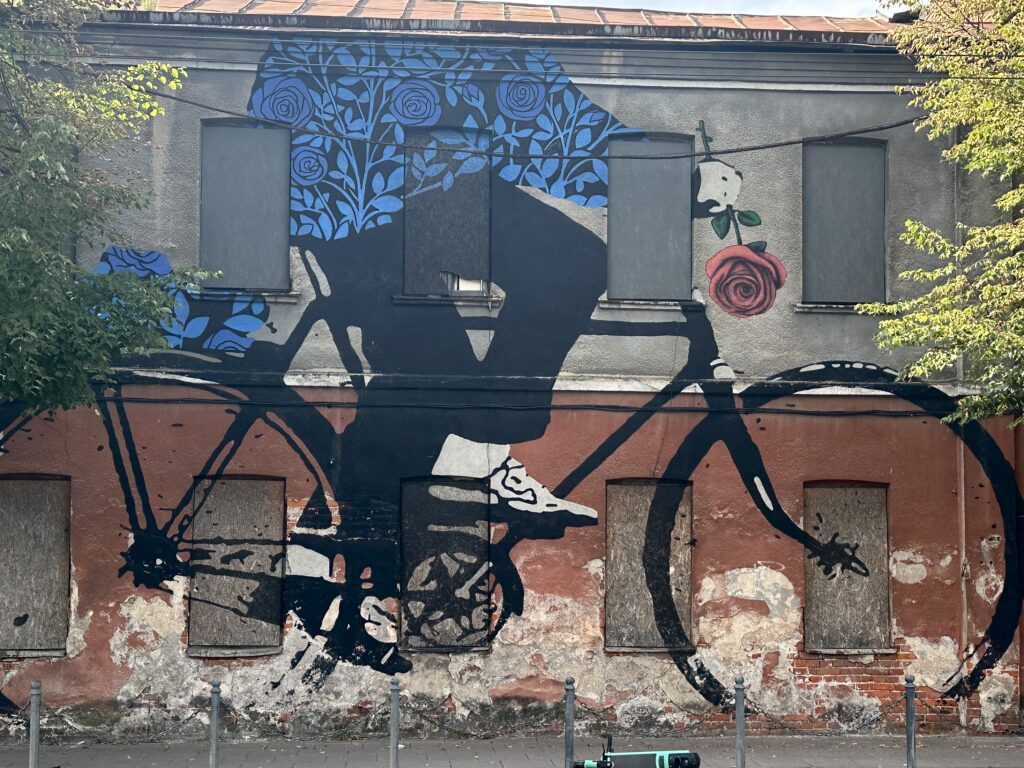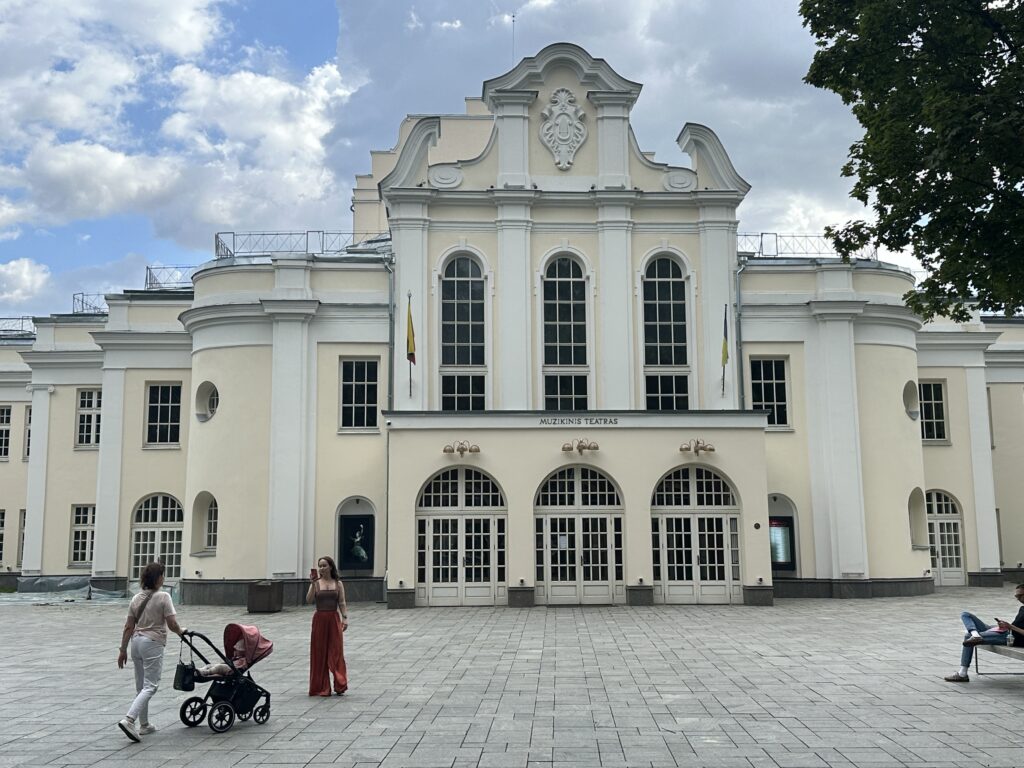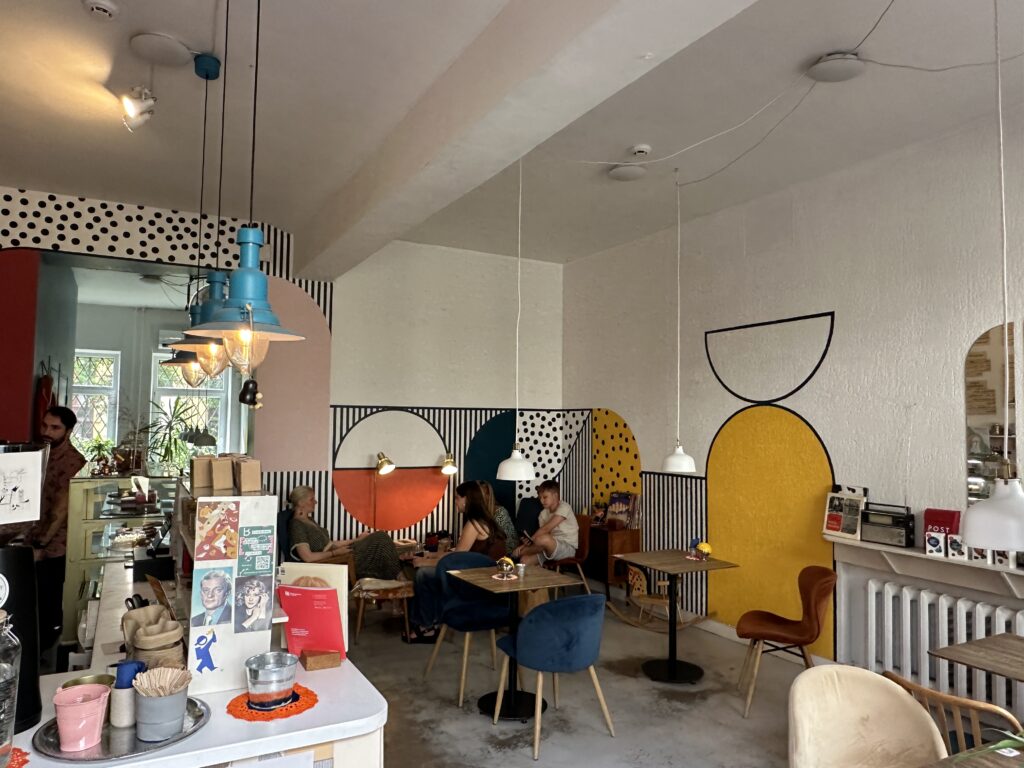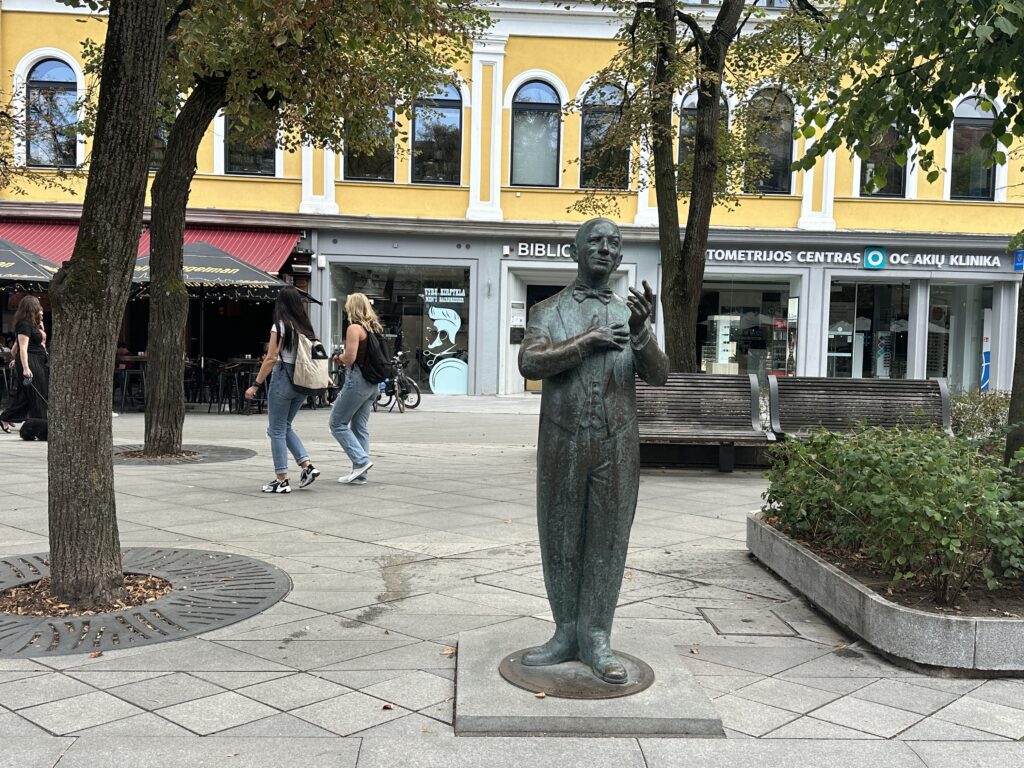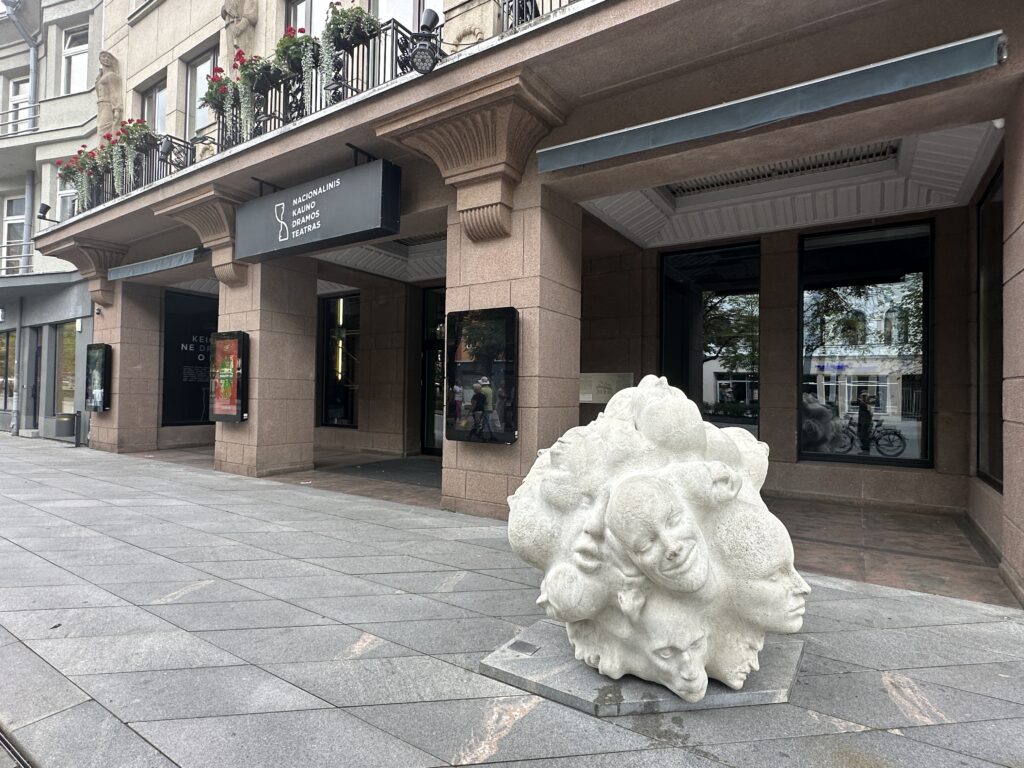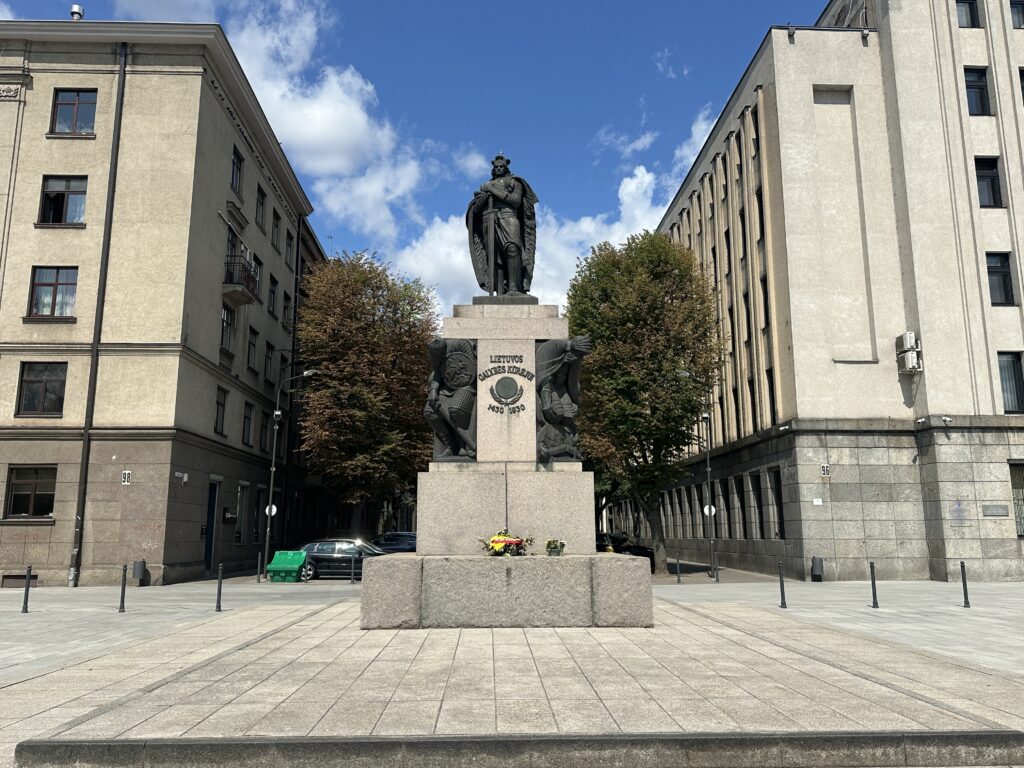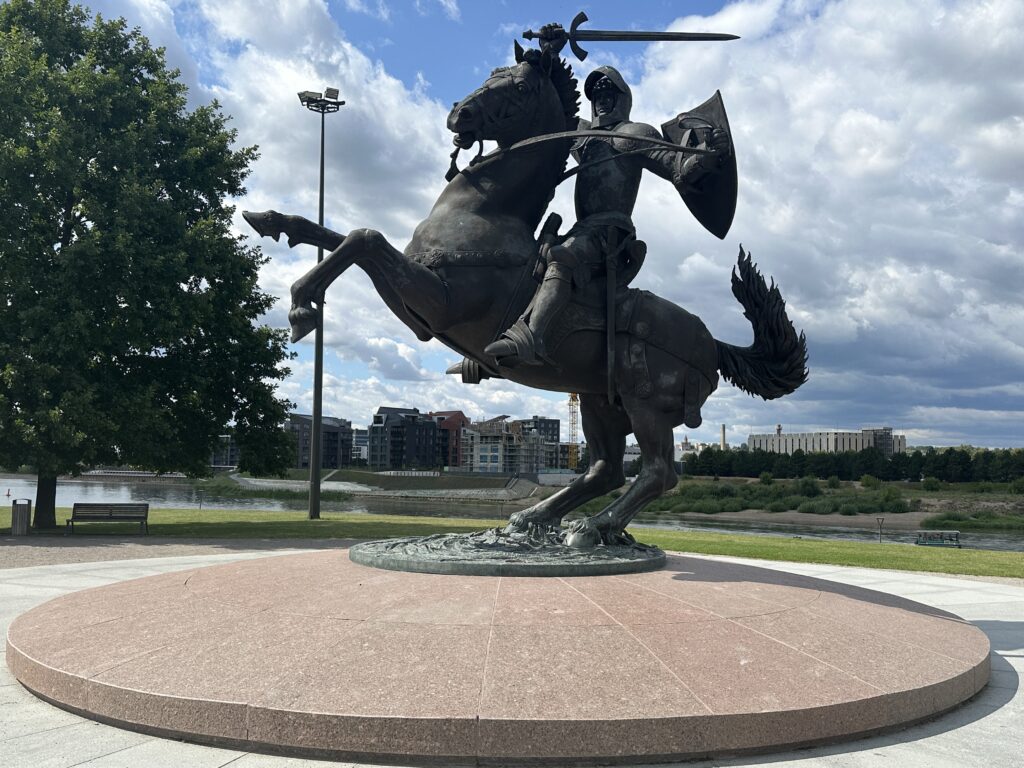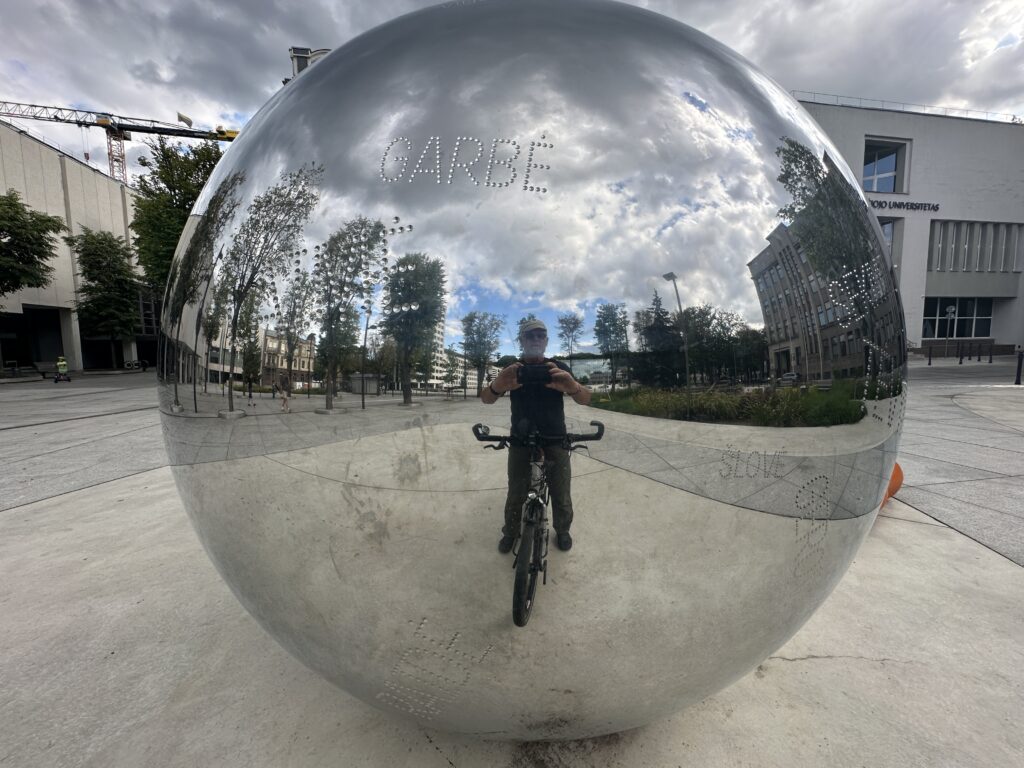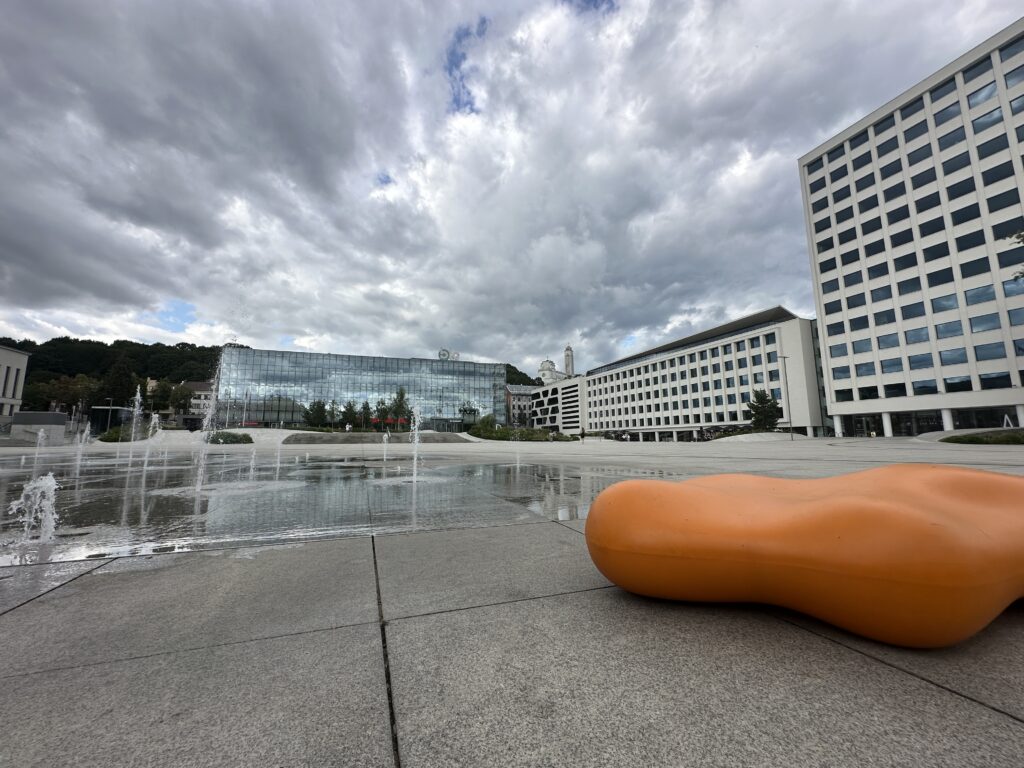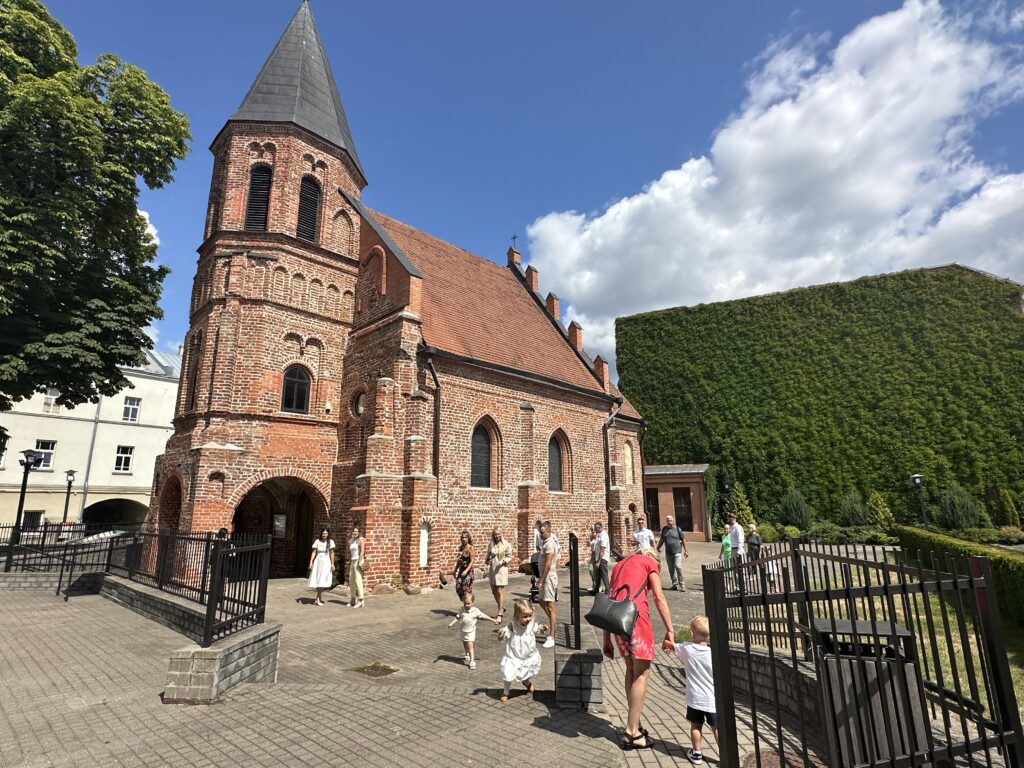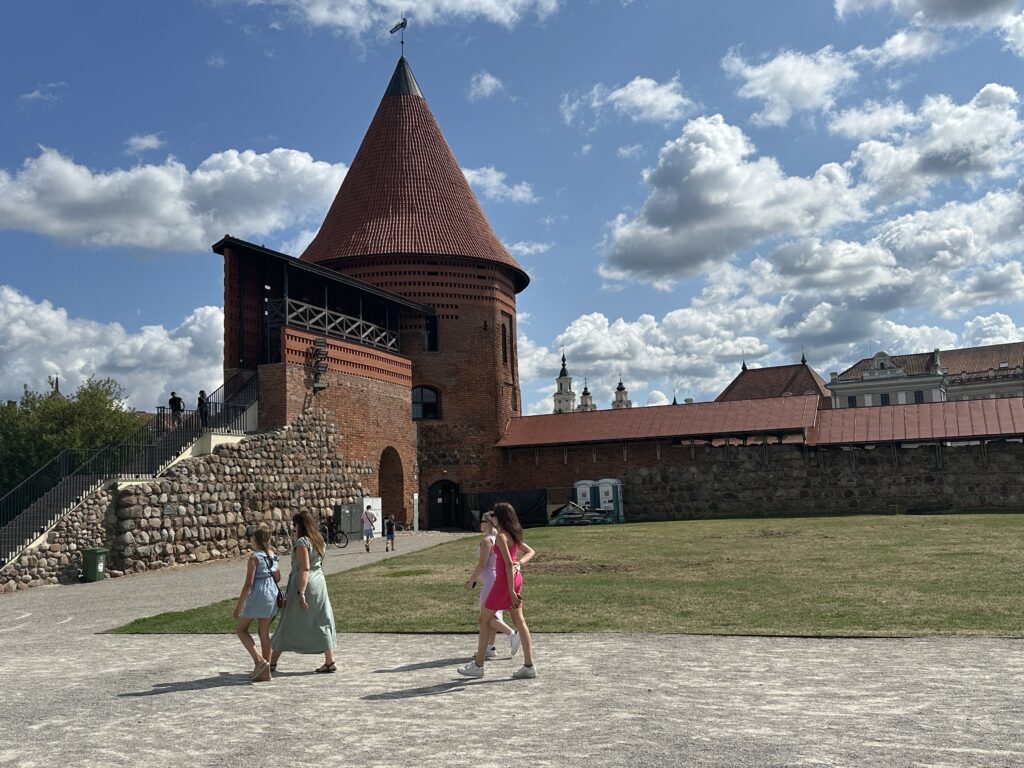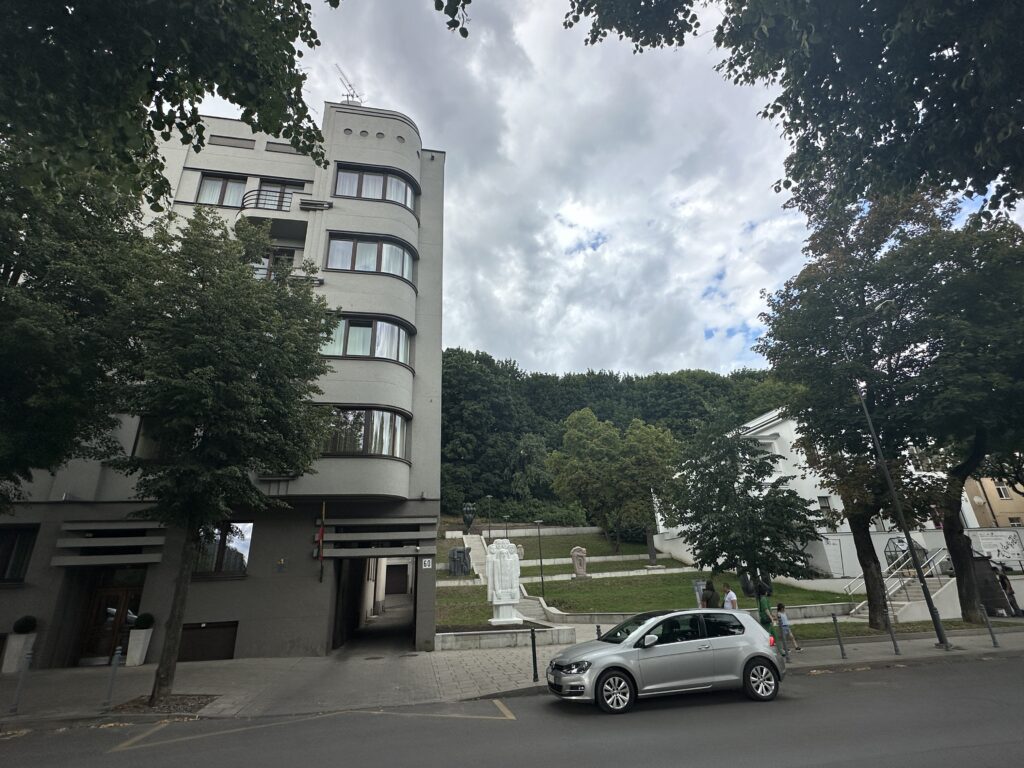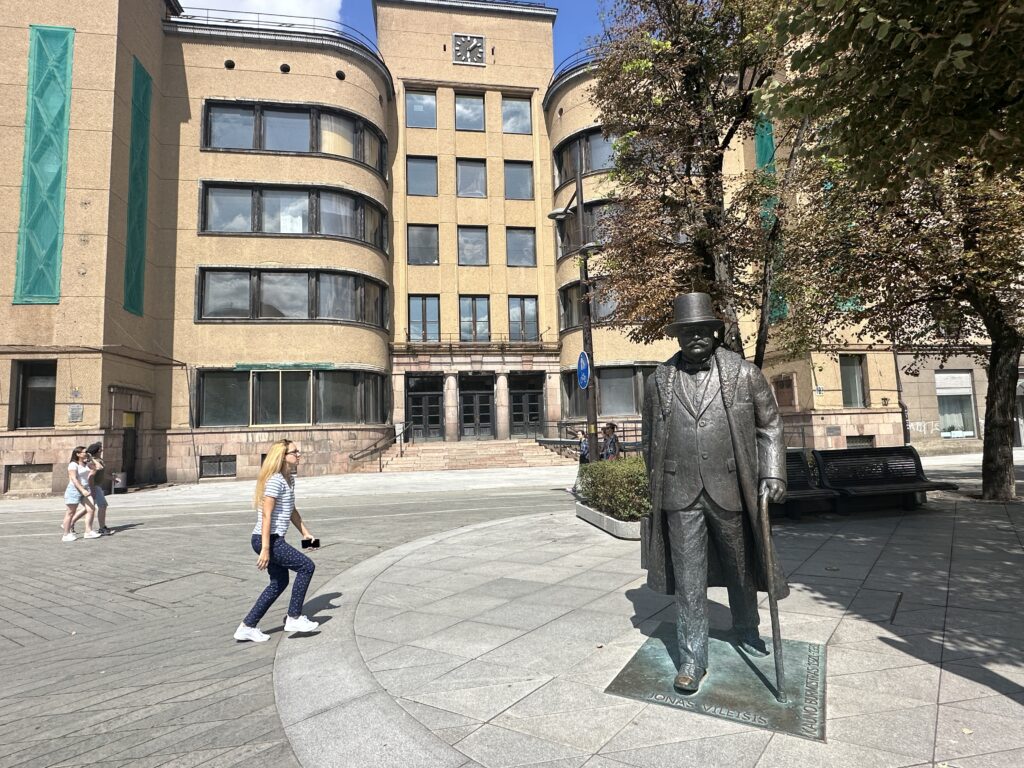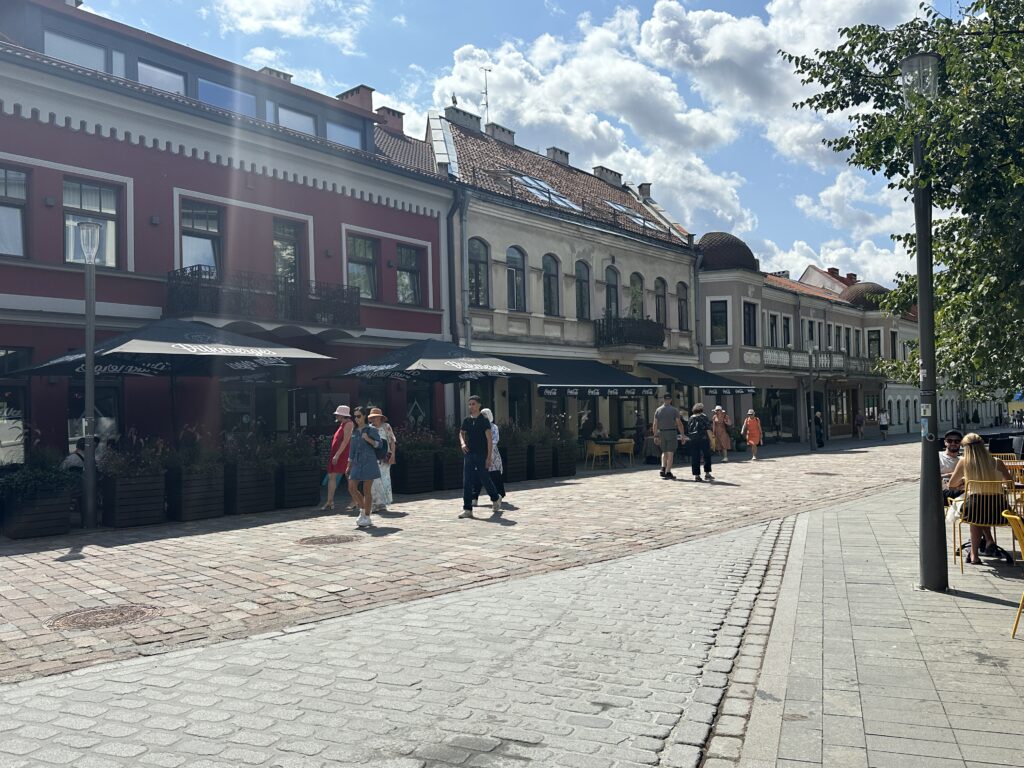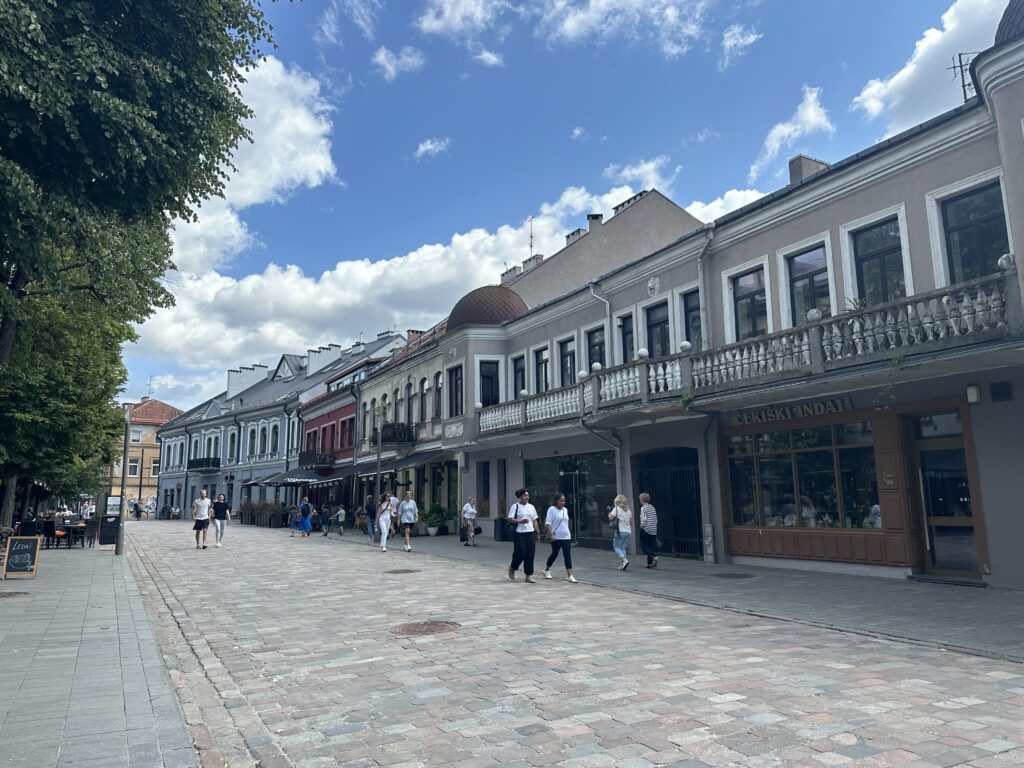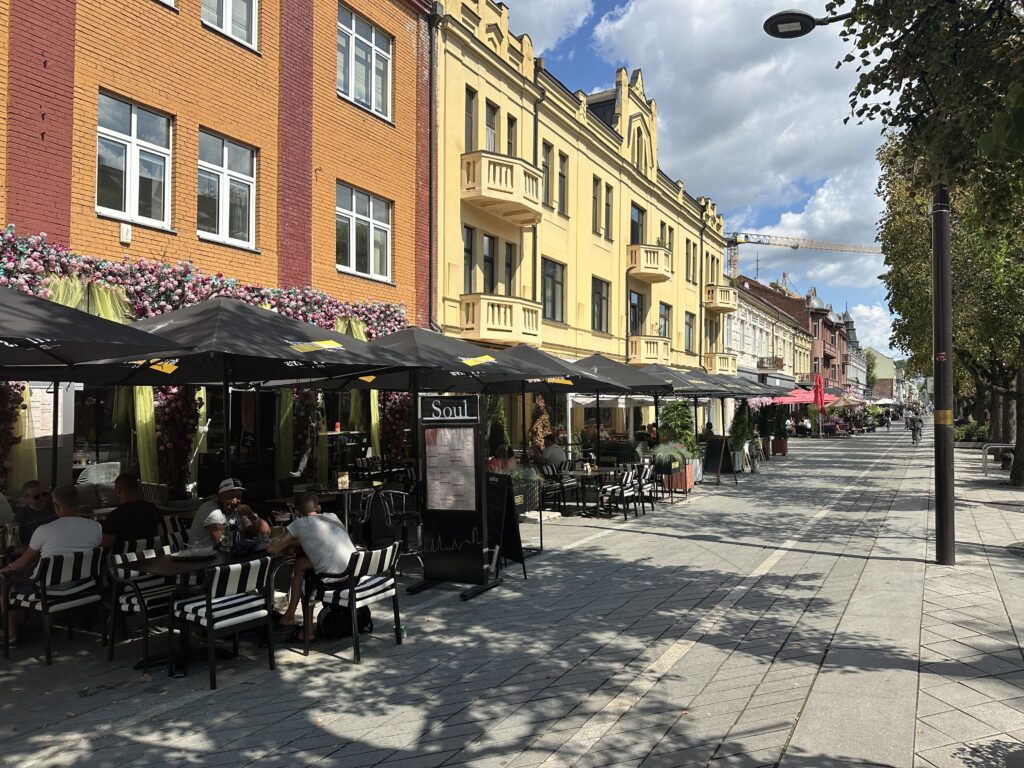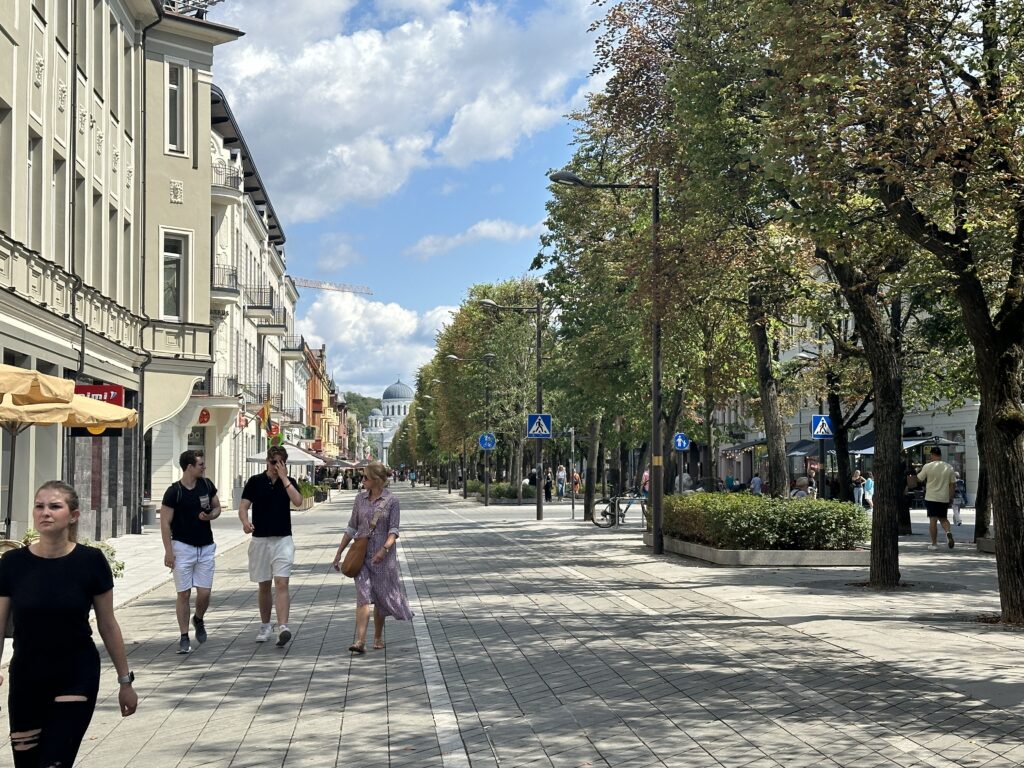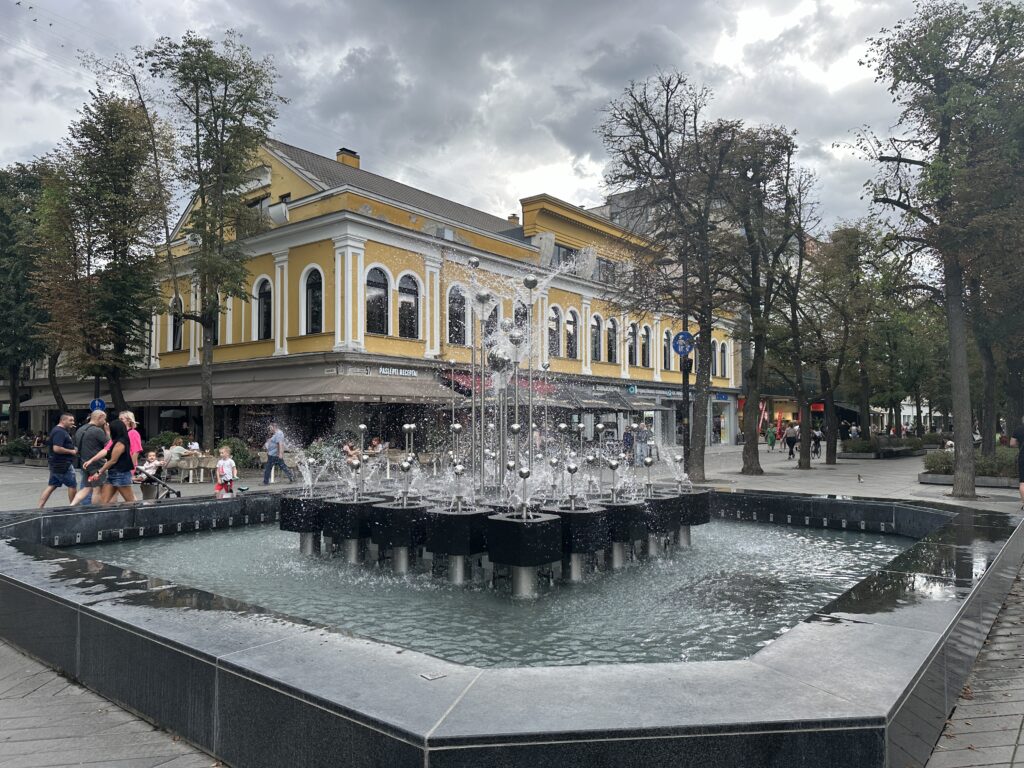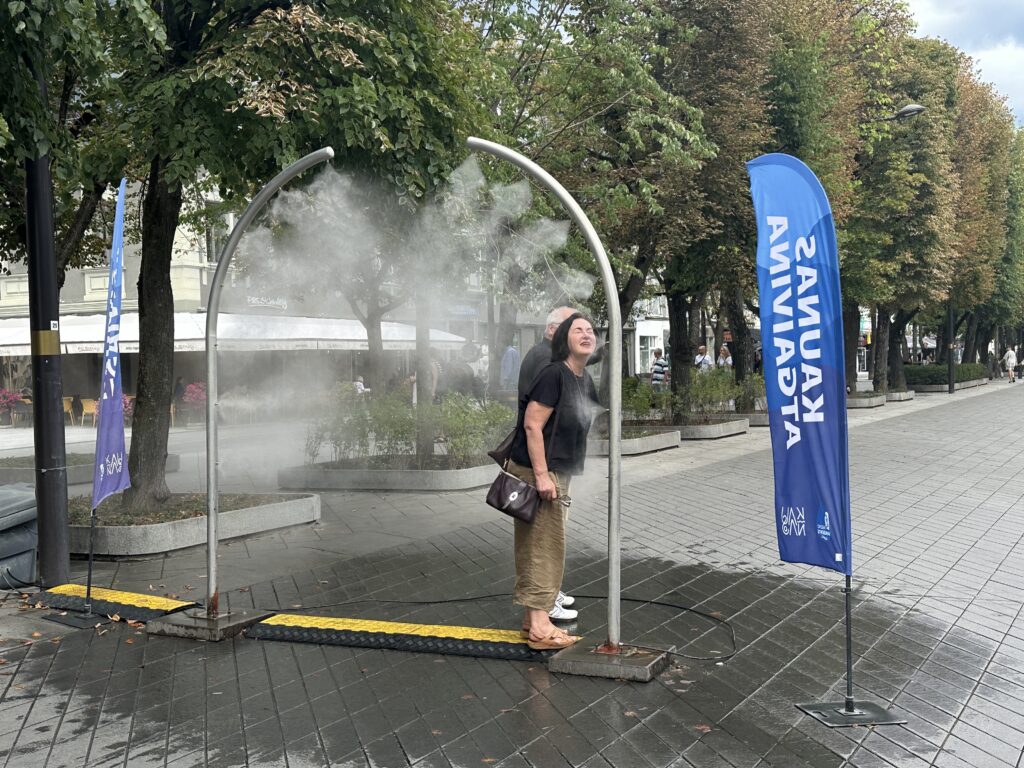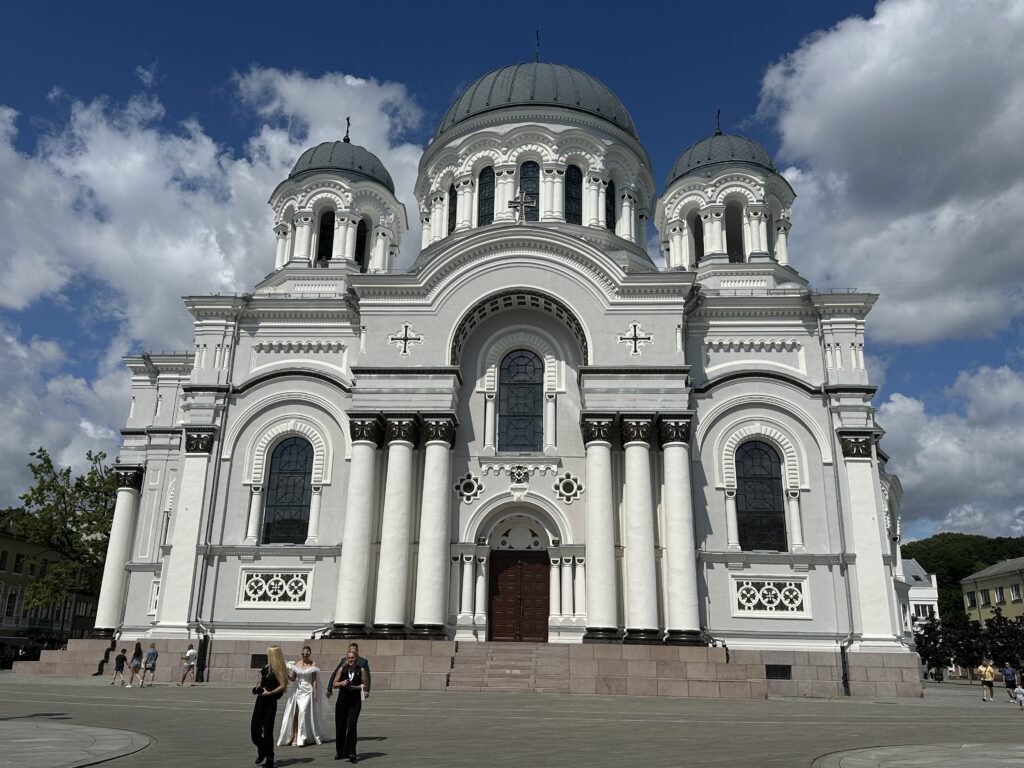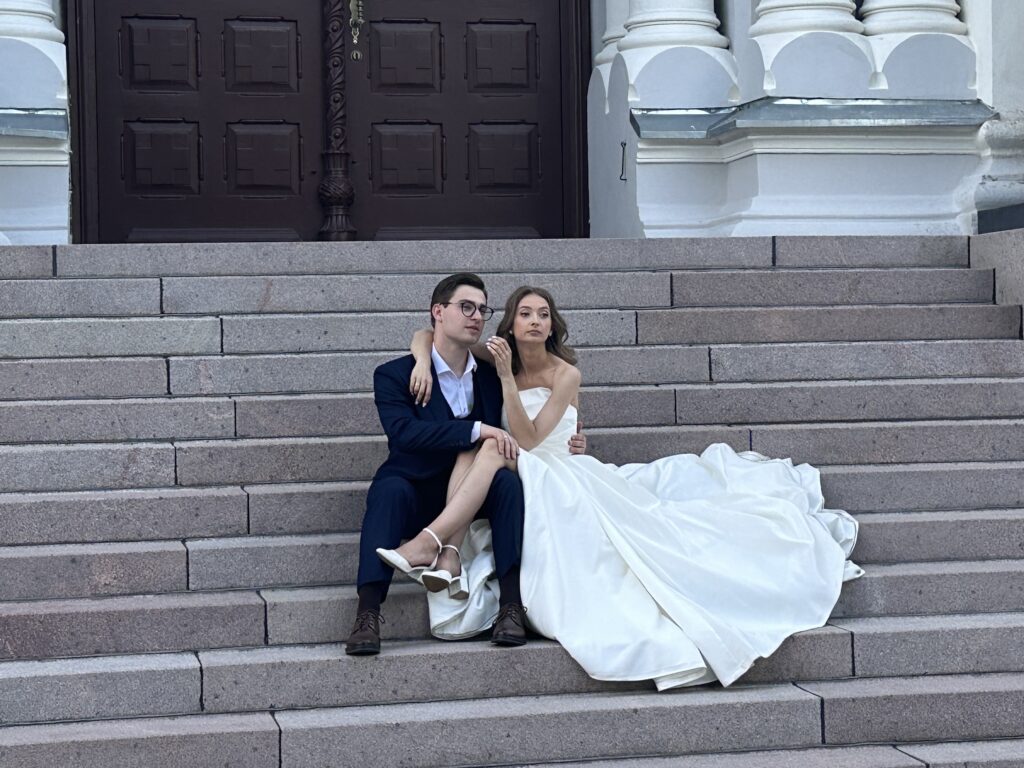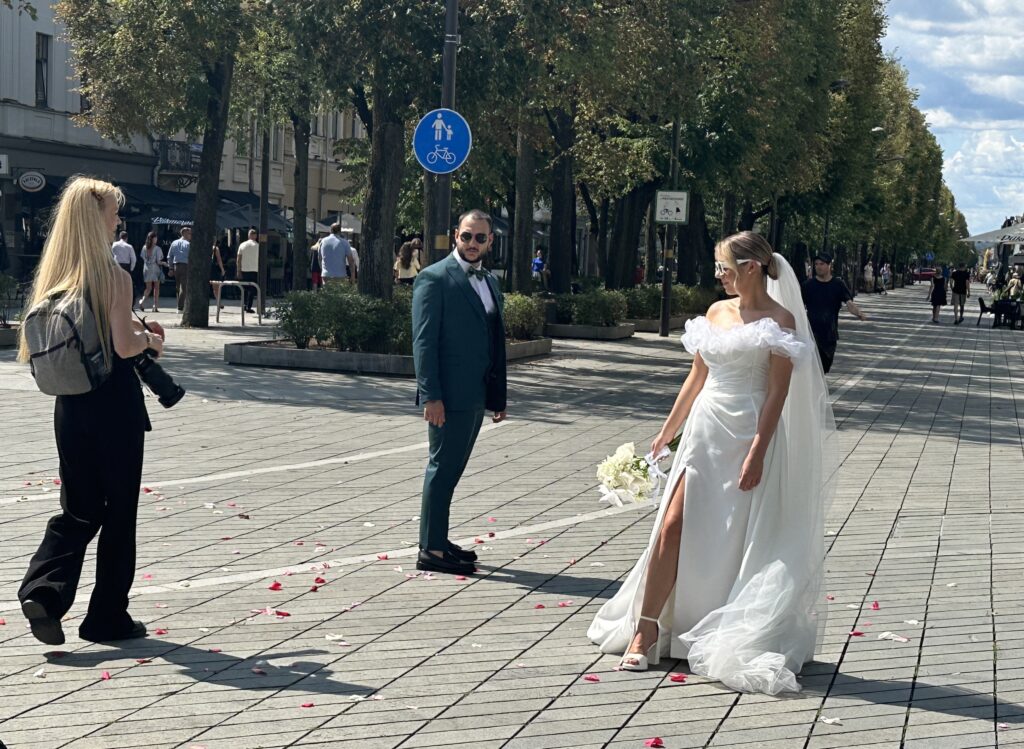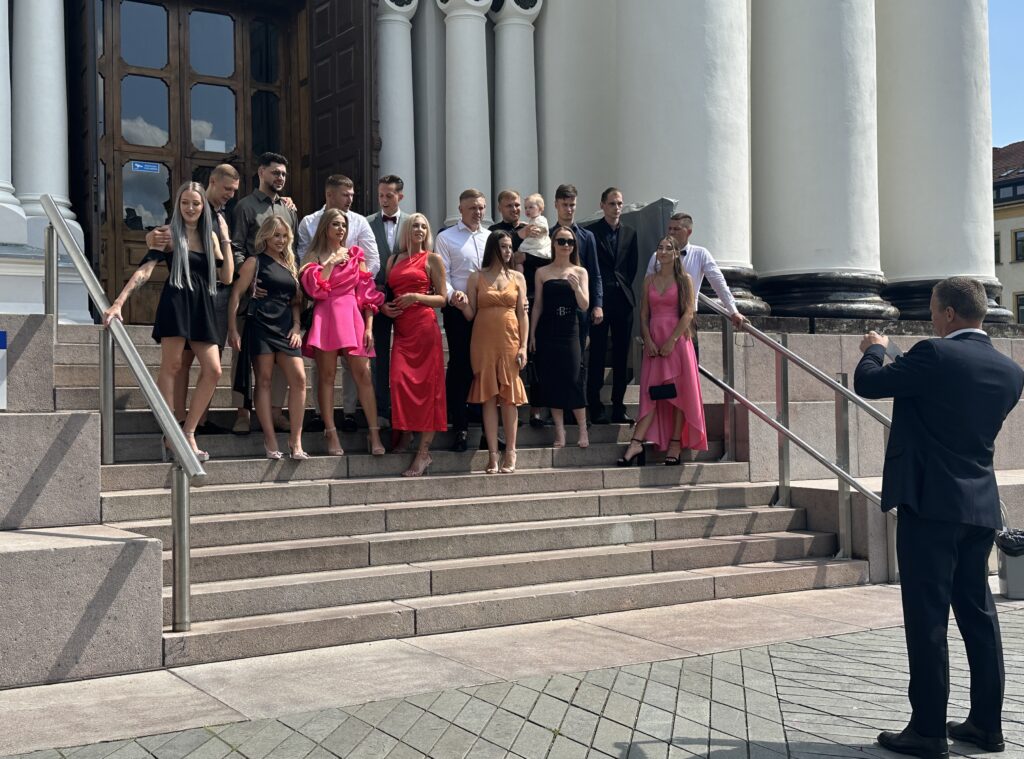July 20, 2024
Click pics for large scale
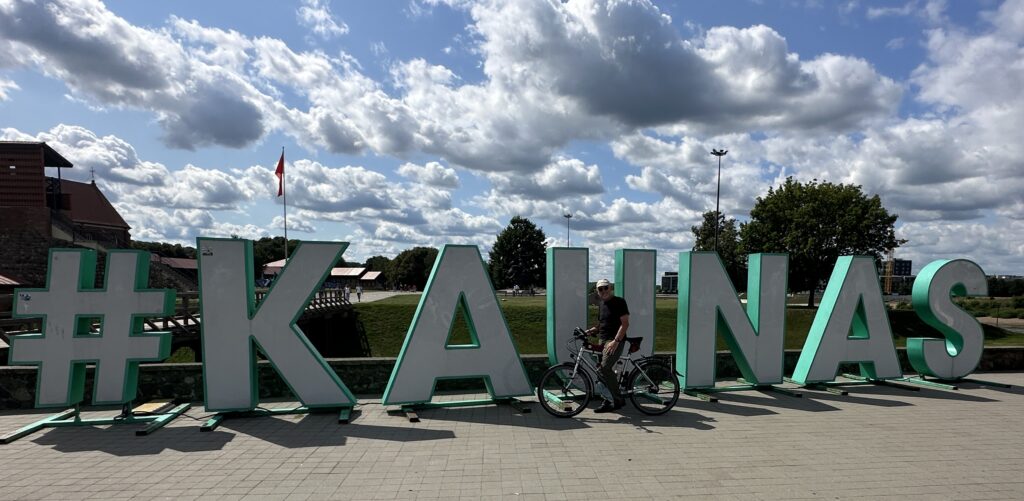
In 2022, Lithuania’s second largest city with more than 300,000 inhabitants was the European Capital of Culture together with Esch-sur-Alzette and Novi-Sad, so it is hardly surprising that visitors will come across evidence and objects of contemporary art everywhere, with street art being particularly striking.
But also sculptures, historical and modern, striking urban architectural accents, theatres, museums and artists’ cafés underline Kaunas’ status as a Lithuanian cultural centre.
The sprawling city, located almost exactly in the centre of the country, breathes the air of its very eventful more than 650-year history, which is characterised by frequently changing rulers and state assignments as well as the Lithuanian people’s strong desire for self-assertion and freedom. Repeatedly fought over and occupied by the Teutonic Order, Poland, Russia, Sweden and finally the Soviet Union, it even gained the status of provisional capital for 20 years from 1920 onwards in the course of this turmoil.
There are also striking examples of the architectural style typical of the 20/30s of the last century, unfortunately sometimes in deplorable condition and in need of renovation.
The best place to linger on a sunny summer Saturday, however, is Laisvés Aléja, Kaunas’ boulevard and promenade, accessible from the west via Vilniaus Gatvé, lined with countless cafés, bars and restaurants as well as boutiques, galleries and theatres, and dominated at its eastern end by the imposing “Archangel Michael Cathedral” – the venue for several wedding parties during my visit.
The morning after this impressive sightseeing tour, I gratefully leave the flat provided to me by Lithuanian cyclist Nejirus, who made this day possible in the first place, in the direction of the capital Vilnius.
